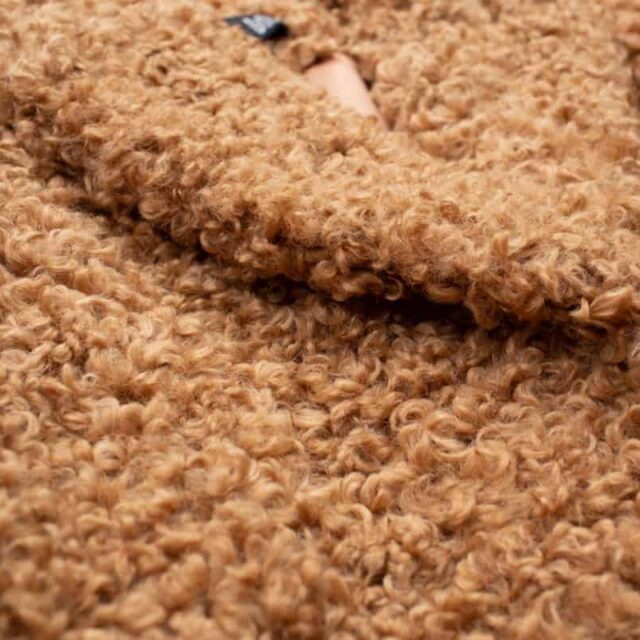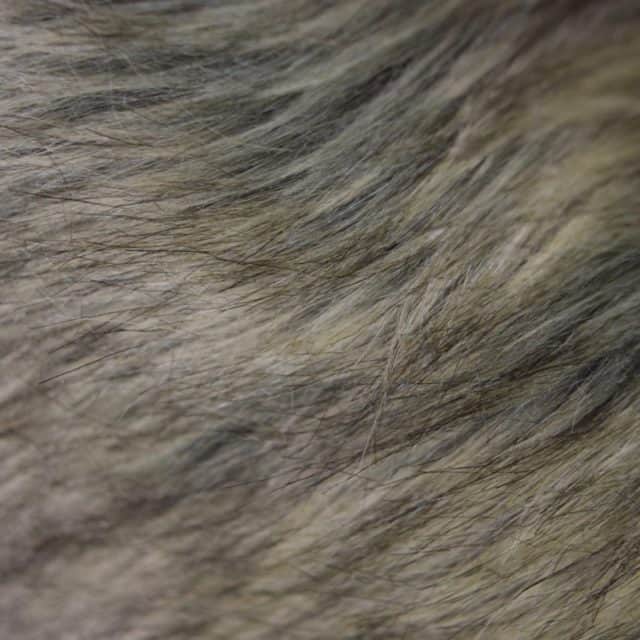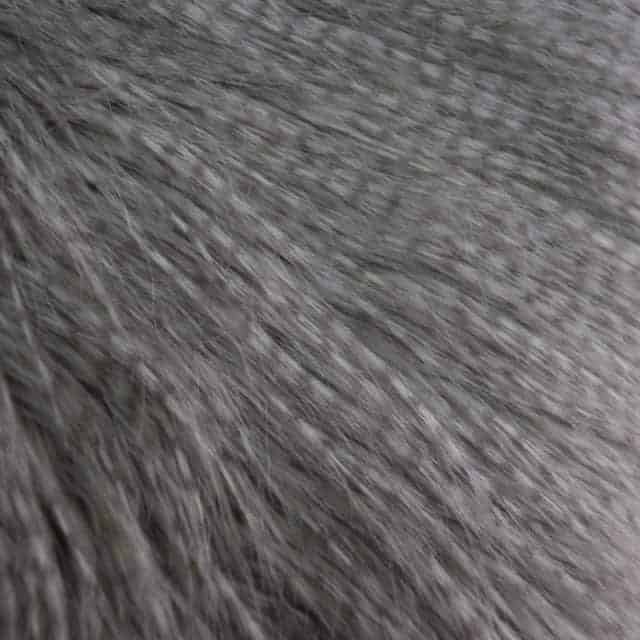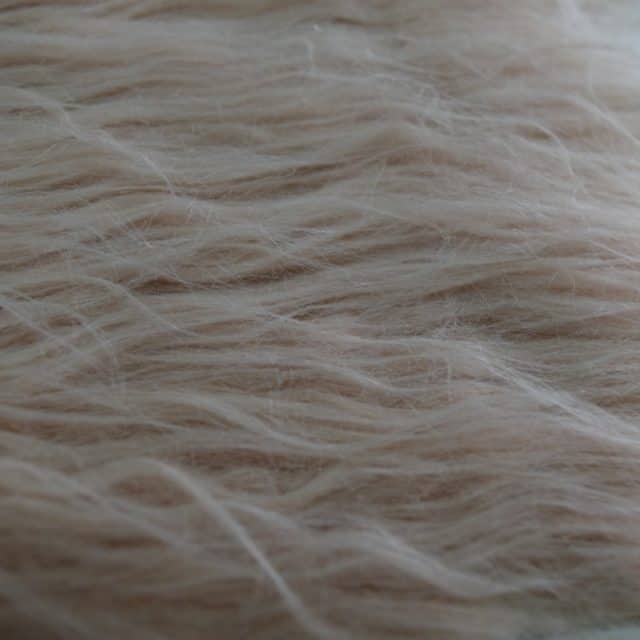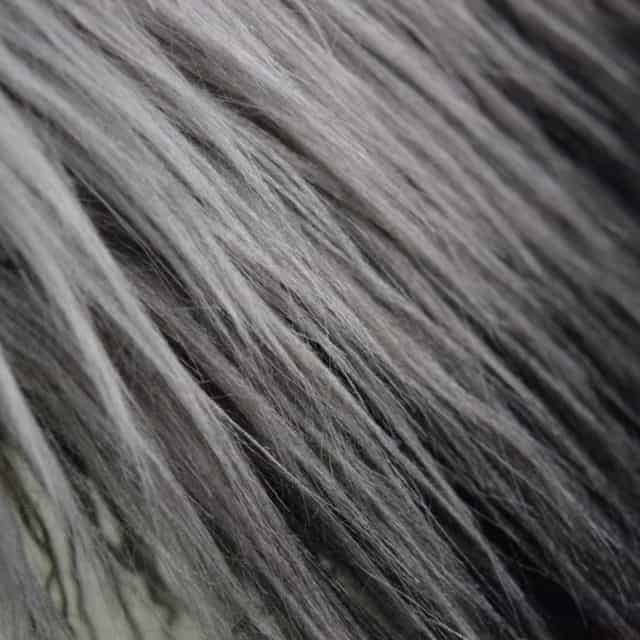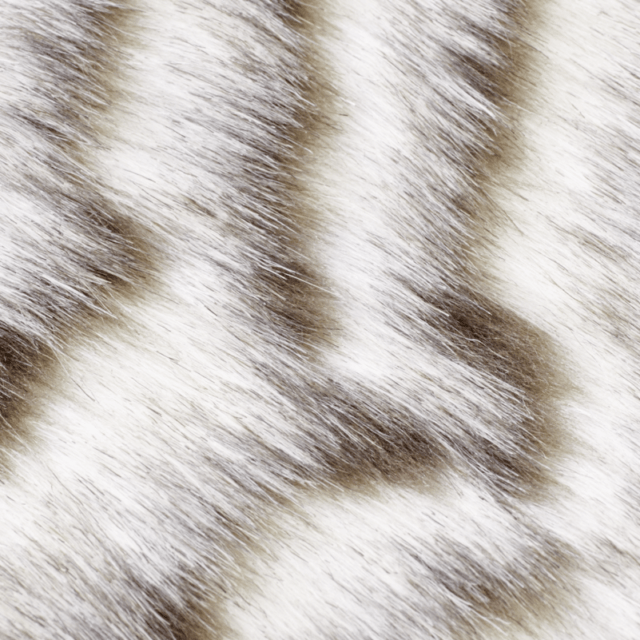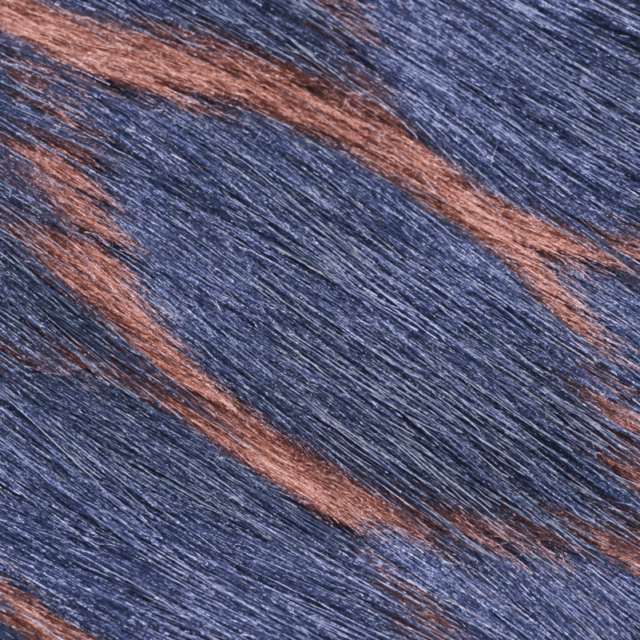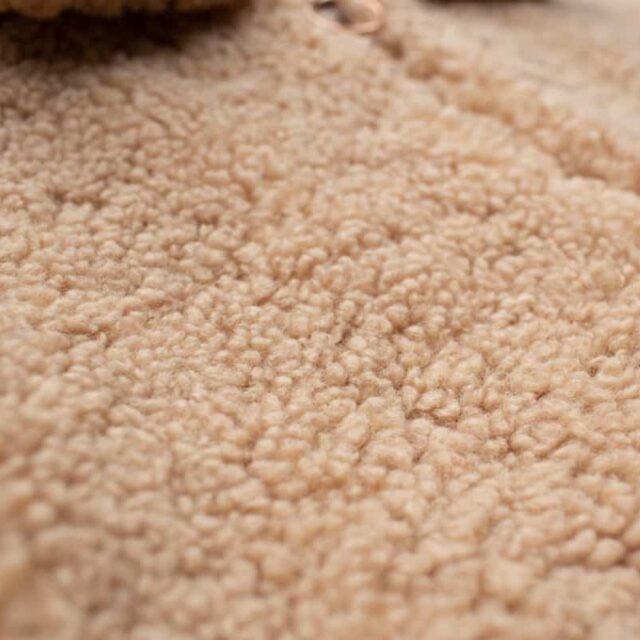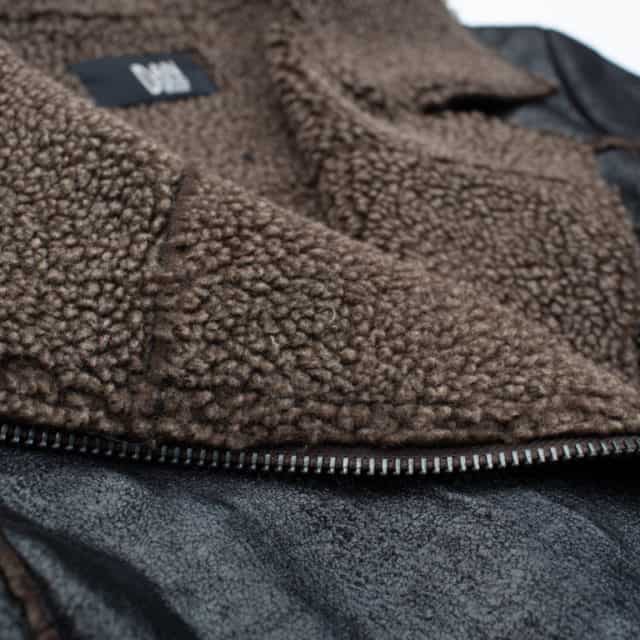Imitation Fur
The Allure of Imitation Fur: Style, Ethics, and Innovation
Fur has long held a place in the world of fashion, often symbolizing luxury, warmth, and sophistication. However, with growing awareness of animal rights and environmental concerns, the demand for alternatives has surged. Enter imitation fur, a remarkable fabric that blends aesthetics, ethics, and innovation.
A Brief History of Imitation Fur
Imitation fur, also known as faux fur, has a history dating back to ancient times. Early civilizations utilized various materials, such as cotton and silk, to mimic the look and feel of animal fur. However, it wasn’t until the mid-20th century that synthetic materials like acrylic and polyester revolutionized the production of imitation fur, enabling a closer resemblance to the real thing.
The Appeal of Imitation Fur
- Ethical Considerations: The rise of animal rights activism brought the ethical concerns surrounding real fur to the forefront. Imitation fur offers a guilt-free alternative, satisfying the desire for luxury without compromising animal welfare.
- Innovation in Design: The development of imitation fur has unlocked a world of creative possibilities. Designers can experiment with a wide range of colors, patterns, and textures that might not exist in nature.
- Affordability: High-quality real fur garments often come with steep price tags. Imitation fur offers a more budget-friendly option without sacrificing style.
Impact on the Fashion Industry
- Versatility: Imitation fur can be incorporated into various garments, from coats and jackets to accessories like hats and bags. Its versatility allows designers to craft both classic and avant-garde pieces.
- Inclusivity: Imitation fur appeals to a wide audience, including those who oppose real fur for ethical reasons or prefer more affordable options.
Innovations in Imitation Fur
- Technological Advancements: Advances in textile engineering have led to imitation fur that closely mimics the texture and appearance of real fur. Techniques like shearing, layering, and blending different fibers contribute to its authenticity.
- Sustainable Materials: Some manufacturers are embracing recycled materials for faux fur production, further reducing its environmental impact.
- Customization: With the advent of digital printing, designers can create custom patterns on imitation fur, allowing for truly unique pieces.
Imitation fur has transitioned from being just an alternative to real fur to becoming a fashion statement in its own right. As designers, clothing manufacturers, and consumers increasingly prioritize ethics and sustainability, the popularity of imitation fur is expected to soar even higher. With its blend of style, ethics, and innovation, imitation fur is a testament to the fashion industry’s ability to adapt and evolve with the times. So the next time you’re looking for a luxurious and responsible fashion choice, consider embracing the allure of imitation fur.



